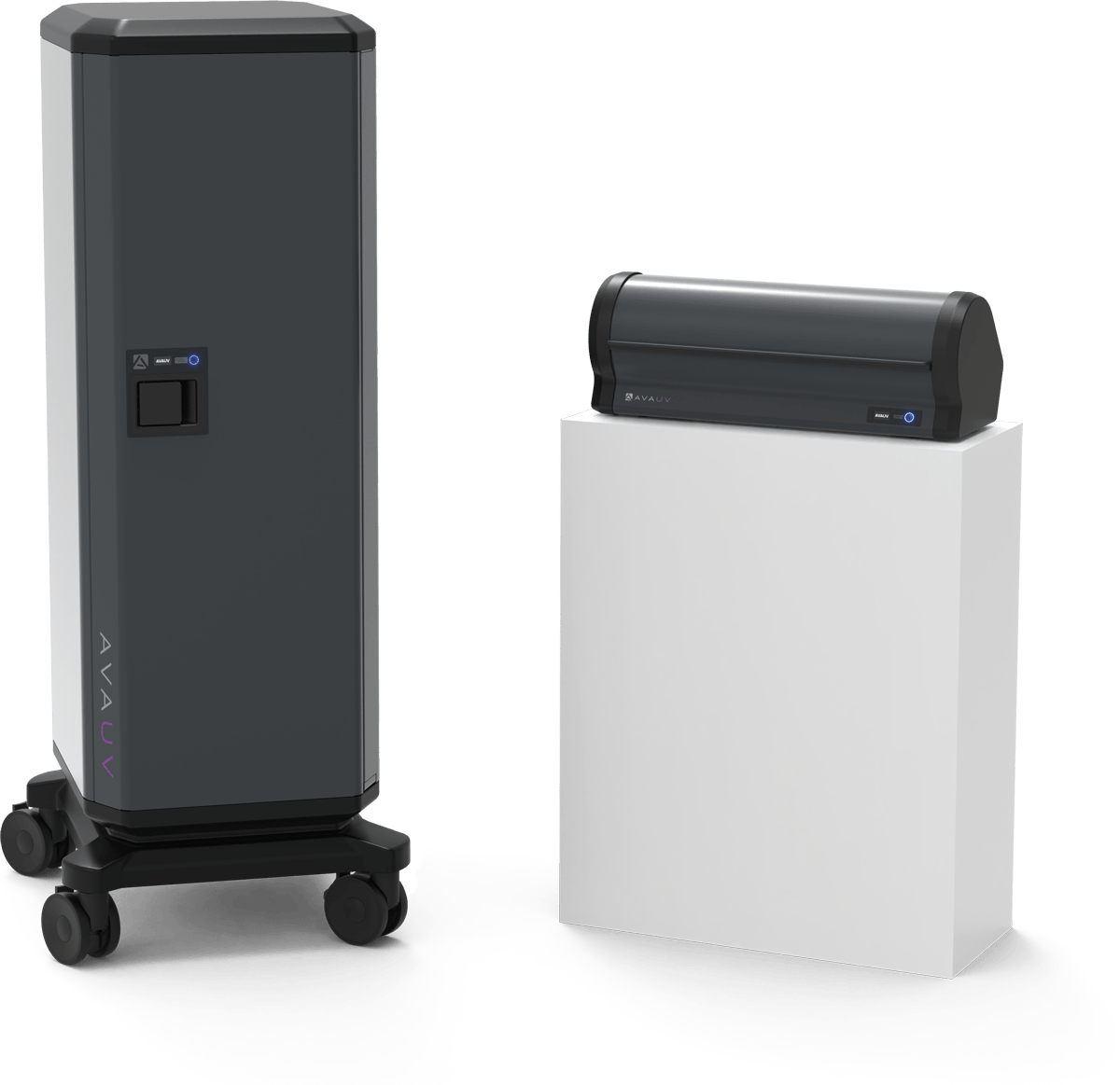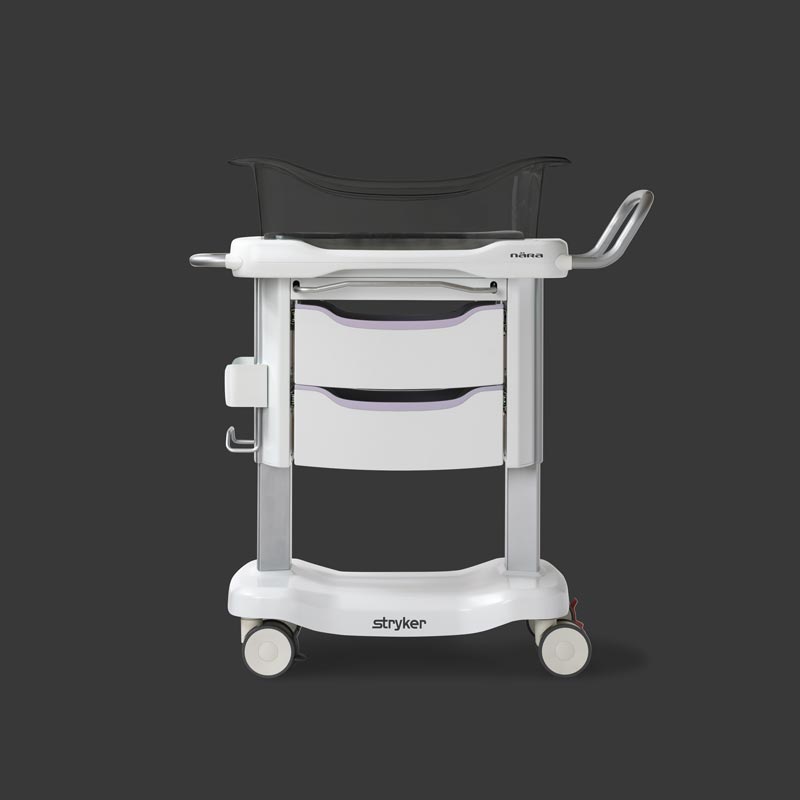Monarch IV
Research / Strategy / Industrial Design / Branding / Human Factors / Competitive and Analogous Benchmarking
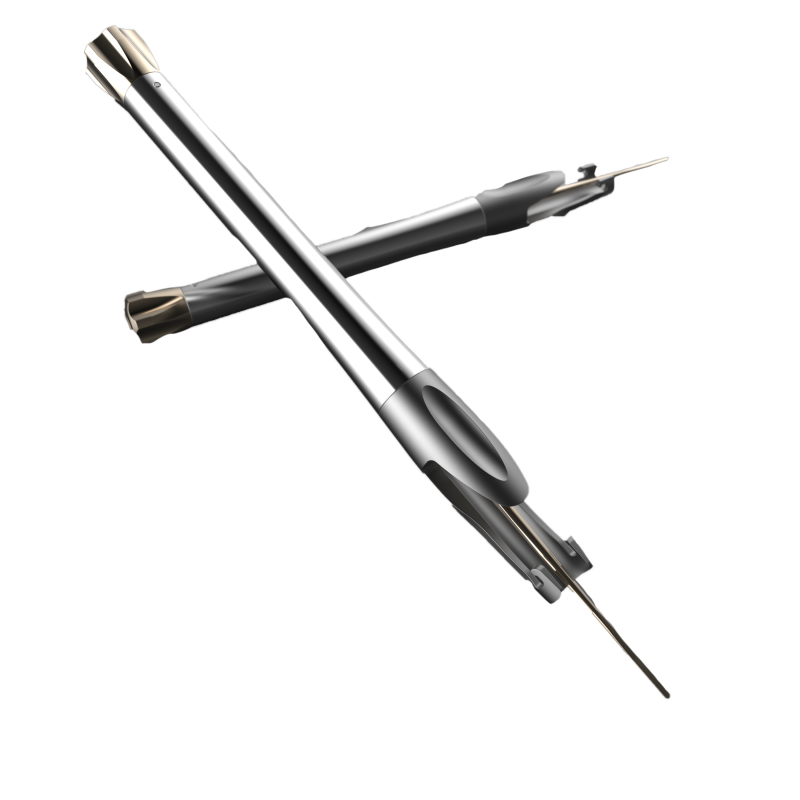
The Monarch IV system consists of a one-piece disposable cartridge with progressive folding capabilities and a reusable handpiece. It’s used to insert intraocular lenses (IOLs) into the eye following cataract removal.
Tekna identified several key opportunities to enhance the Monarch IV system over previous models:
- Center of Gravity and Grip: we sought to improve the system’s ergonomic design by shifting the center of gravity and optimizing the grip for surgeons, ensuring better precision and comfort during procedures.
- Material and Diameter: By carefully selecting suitable materials and optimizing the diameter of the injection point, we improved the performance and safety of the system.
- Weight and Overall Size: Reducing the weight and overall size of the system contributed to ease of use for surgeons and minimized patient discomfort.
- Mechanisms and Touch Points: Enhancements to the mechanical components and touch points aimed to improve the overall functionality and user experience.
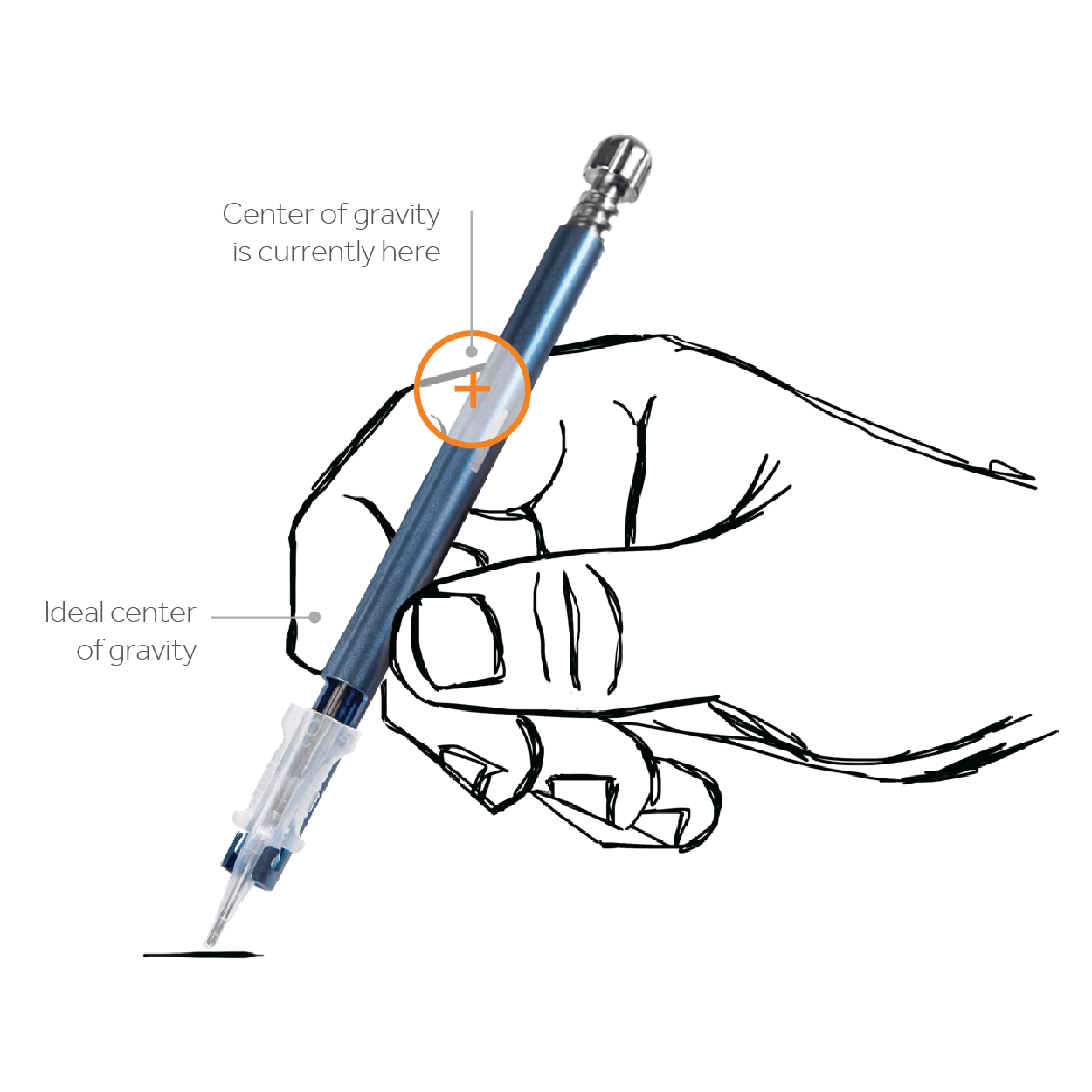


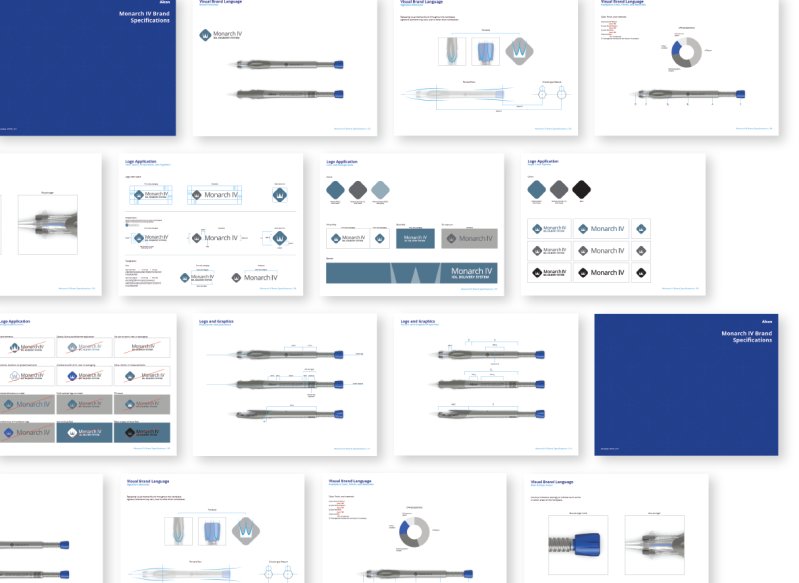
In addition to product development, Tekna conducted extensive research and collaborated with Eckert Wordell, an architecture firm partner, to optimize ambulatory surgery centers (ASCs) for Monarch procedures (should we say Alcon here?). By studying procedure and patient flow, our goal was to maximize the number of procedures that could be performed in a day, thereby addressing the growing demand for eye procedures due to an aging population.
With thousands of individuals turning 65 daily, cataract surgeries are on the rise, making ASCs a more efficient and patient-centric choice compared to traditional hospitals.
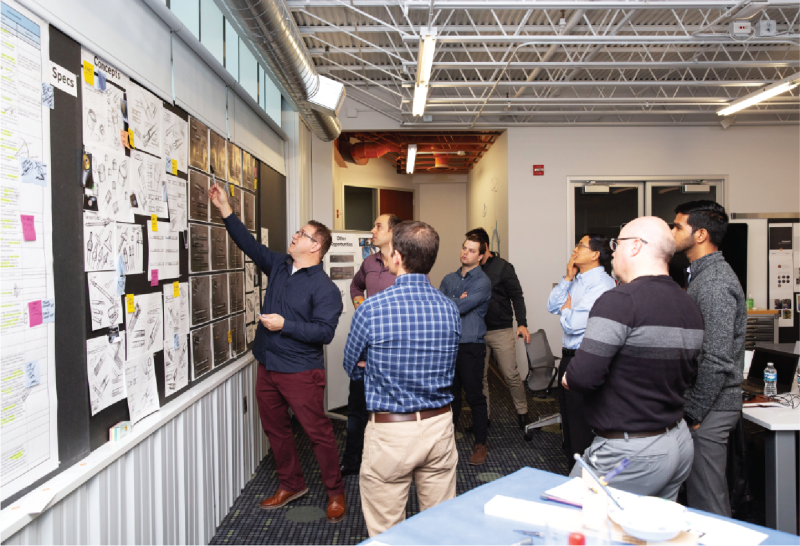
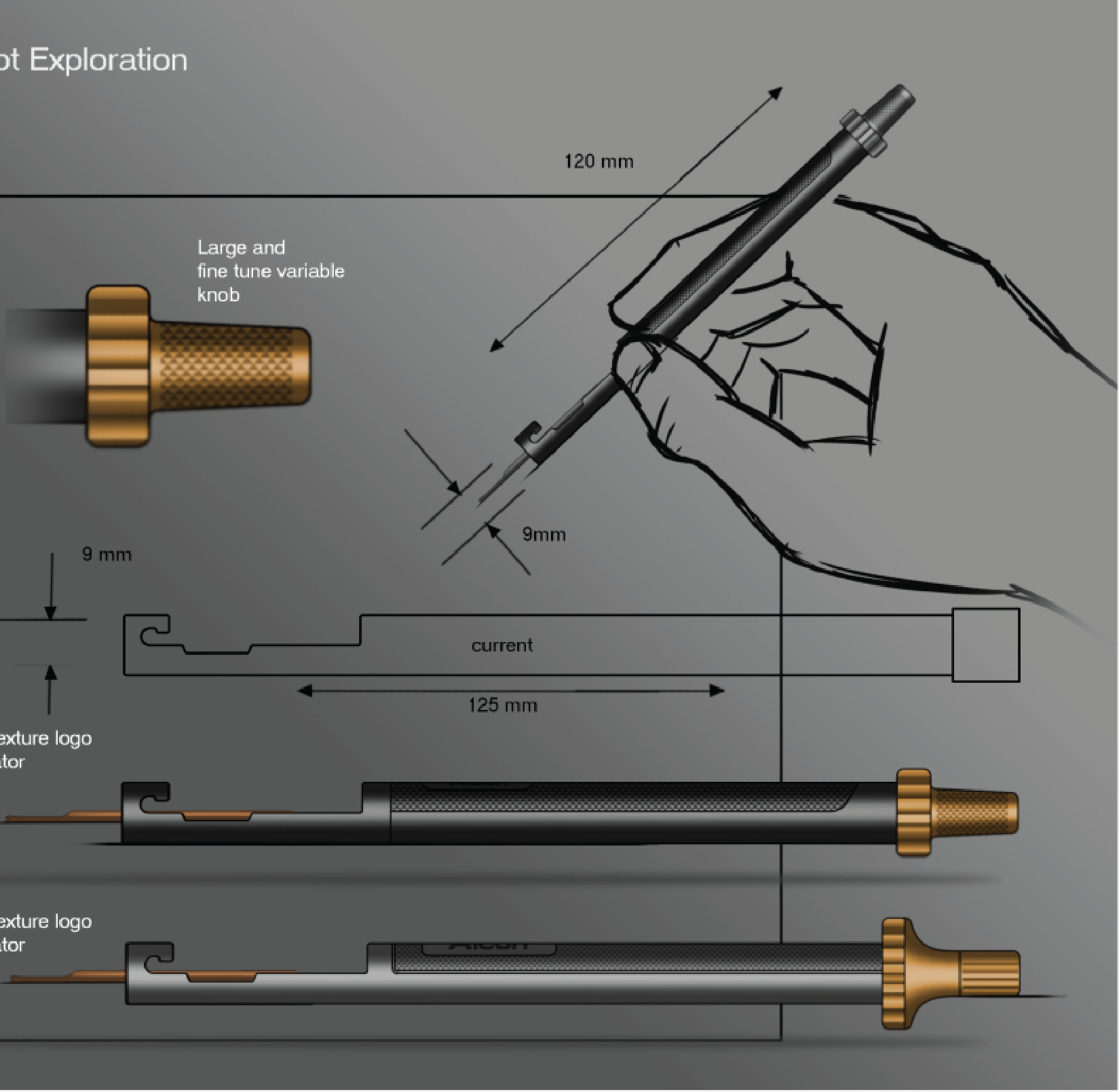
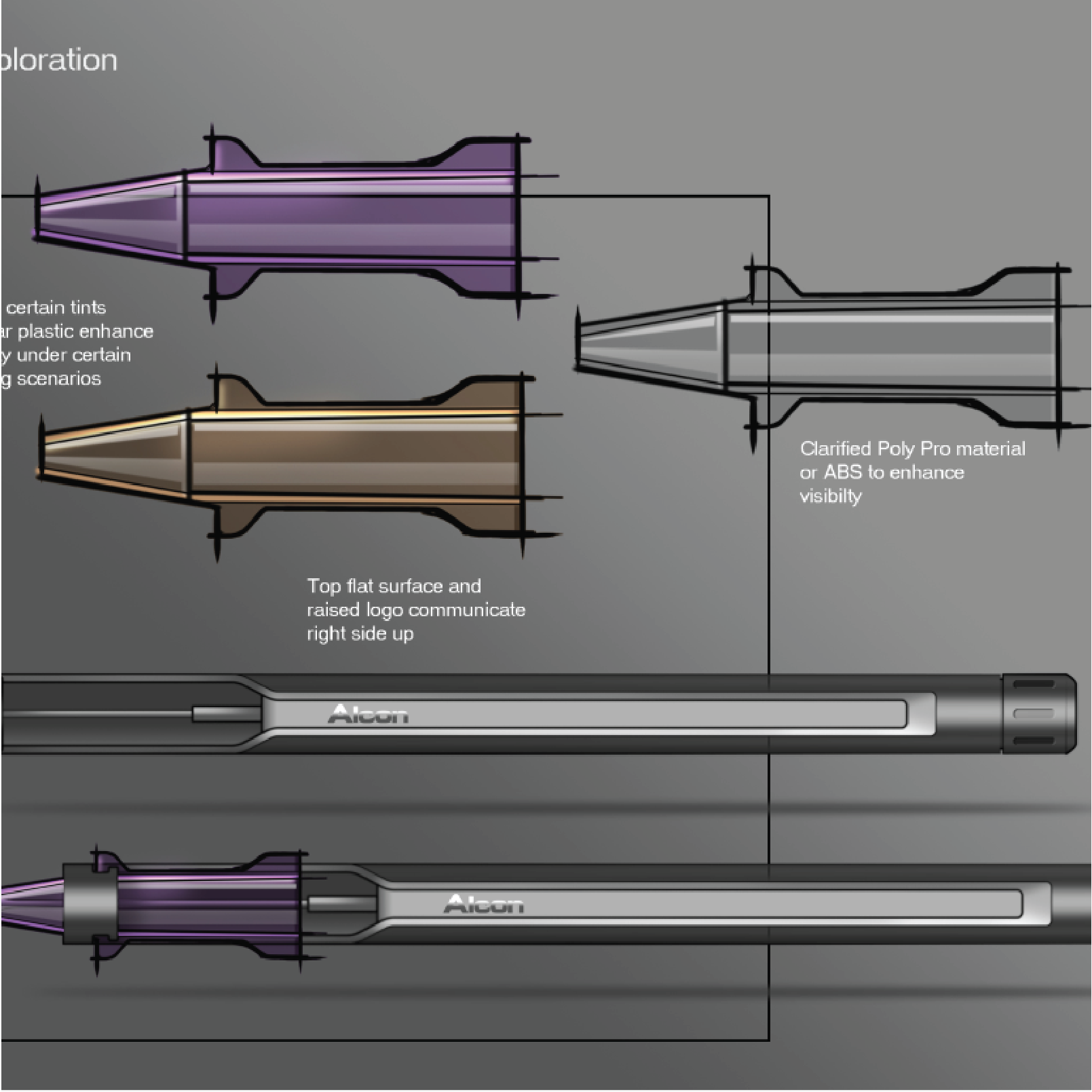
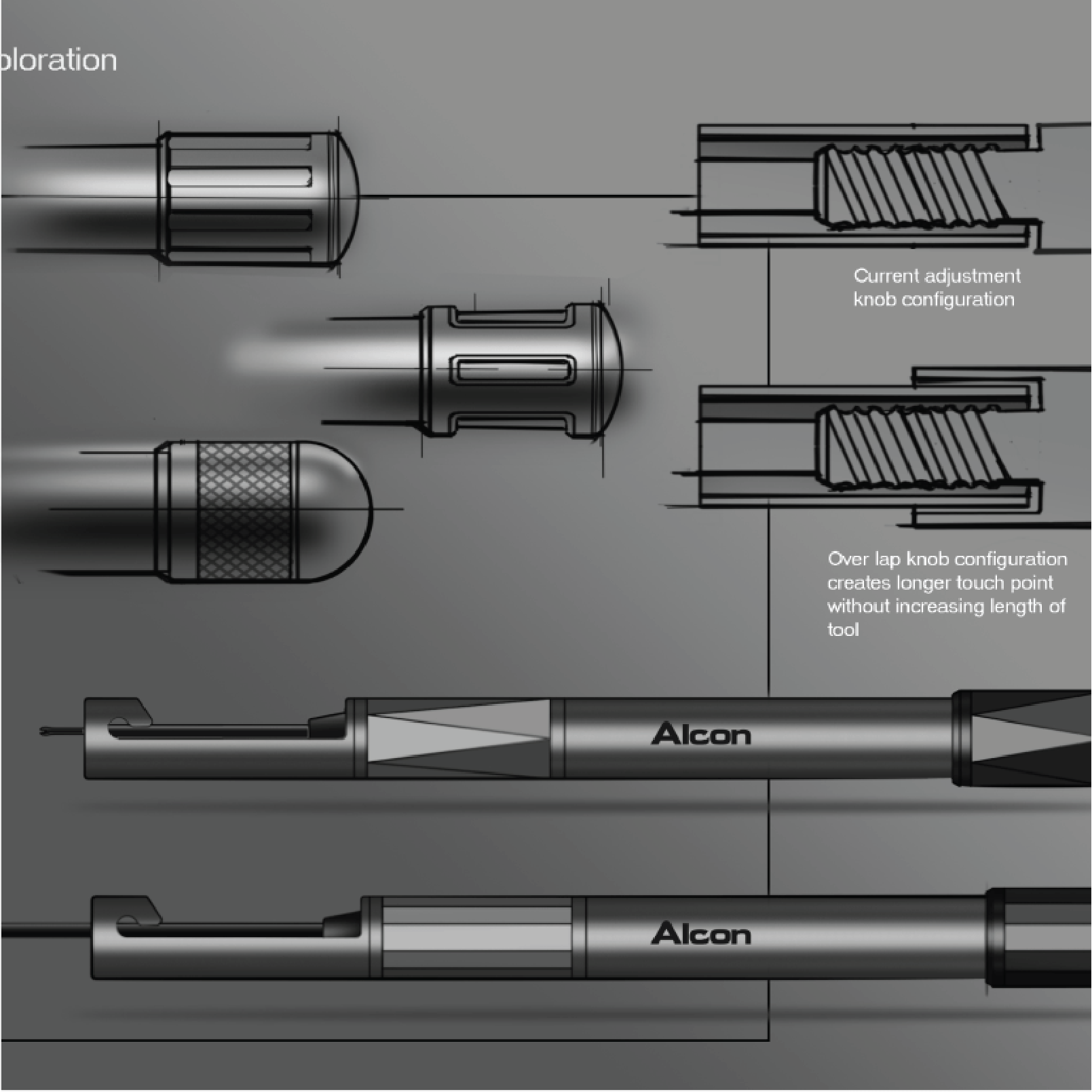
- Facilitating Improved Communication: Alcon aimed to create an environment where effective communication between patients, families, and medical staff could take place with ease and comfort.
- Smoother Workflows: Streamlining workflows for both staff and patients helped enhance efficiency, reduce wait times, and improve overall patient satisfaction.
- Enhanced Aesthetics: Despite budget constraints, Tekna looked for ways to enhance the aesthetics of the surgical spaces, creating a more pleasant and calming atmosphere for patients.
- Easier Scheduling Systems: Implementing user-friendly scheduling systems allowed for seamless appointment bookings and efficient management of surgical procedures.
